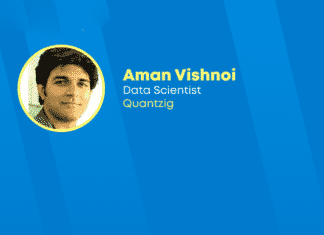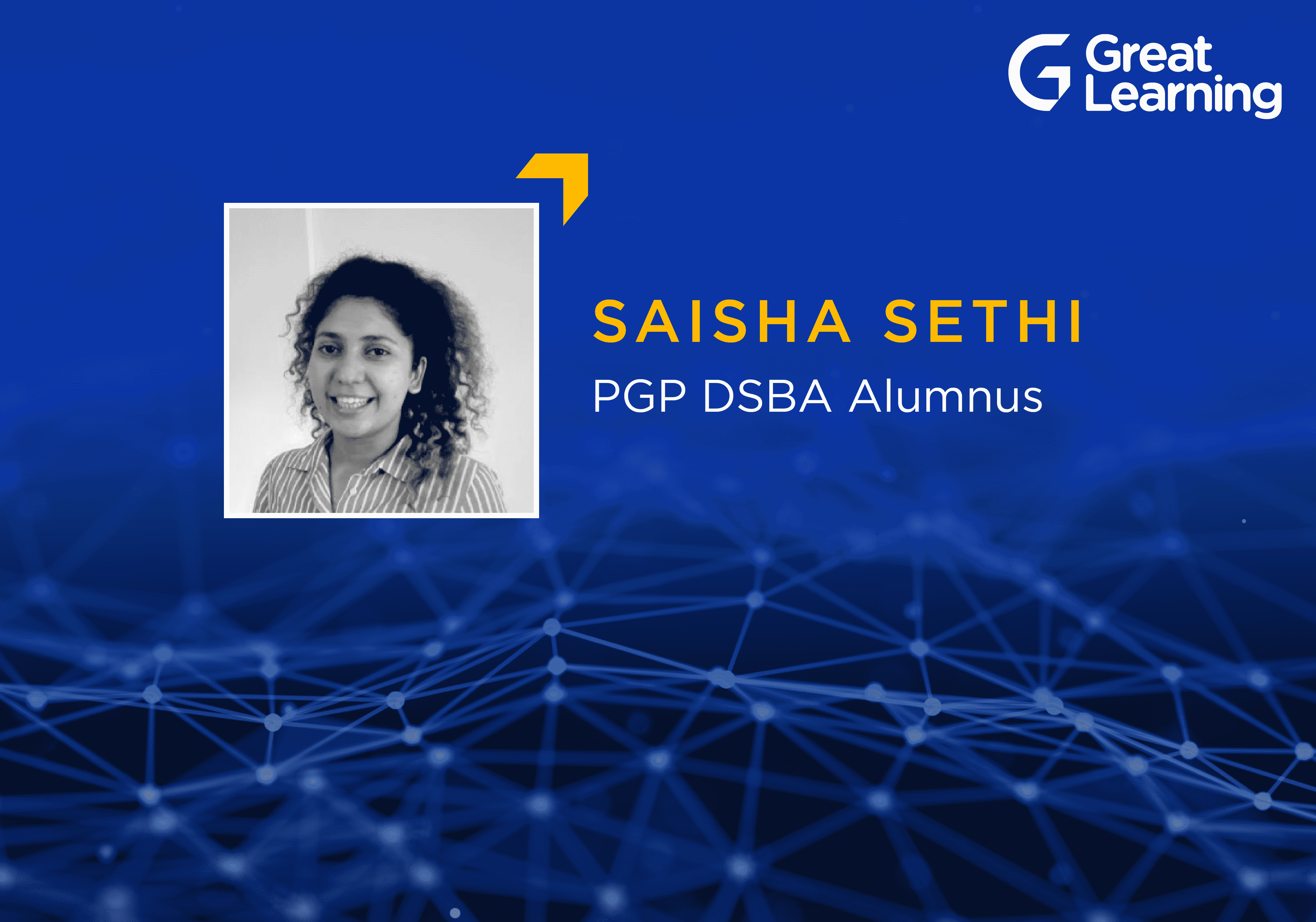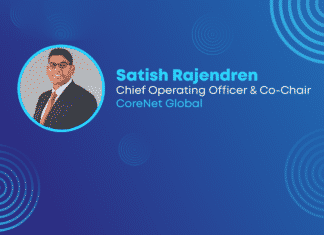Contributed by: Arnab Ghosal
I am working in one of the largest service-based telecom organizations as a pre-sales associate. In my entire career, majority of the time (almost 8.5 years), I have spent as a member of the development team, but while developing a product or a solution, I always felt the urge to know the business in a broader way and wanted to understand the dynamics of it, so instead of sitting back and only coding I wanted to contribute more to my organization as a frontline resource and tried adding more values, hence role change.
Coming to my present job role, I work as a pre-sales associate, and in this, I deal with multiple clients (mostly telecom operators or OEM ) in terms of profile screening by understanding the Domain Specificity, Revenue, Capabilities, and a few other nitty-gritty that they have (evaluable features) and how much does it match with my organization’s offerings so that we can make an initial elevator pitch to them and followed by request for proposal, quotation, and converting them as our potential customers.
While working on this, most of this research is done manually from various websites which depict these above details, and based on that; we gather data before we make the pitch or a presentation. The process is, anyway, tedious, hectic, error-prone, and not very efficient as well. That is why I wanted to apply Data Science to this.
The solution I proposed for the above problem:
I wanted to automate this tedious manual effort by implementing Data Mining Classification Model (CART or RF), where I have worked on some gathered data based on few independent variables likewise, as mentioned below:
- Client’s response rate in the past for a particular approach
- Required infrastructure that they need to match with our offerings
- Revenue & cost report for past few years
- Domain Specificity
- Growth opportunity
- Open to work third-party vendors
Eventually, my intention was to evaluate the target or dependent variable in this form of data as in “the potential customer.”
In this entire process, I will be looking at multiple classification matrices (Accuracy, recall, precision, f1-score, AUC ) and ROC curve. While doing the same, I could also figure out which are the most important factors that help a company bring a potential customer to our organization.
Efficiency & Impact:
After this tool has been developed, the manual effort is drastically reduced, and moreover, it is much more profound now. It can generate analysis reports based on profile screening for few minutes with immense visibility.
If you wish to learn more such concepts and also apply your learning at work, you can take up the PGP Data Science and Business Analytics Course by Great Learning. The course offers mentorship sessions and online classes to help you learn from the comfort of your home. For more such success stories, watch this space.









